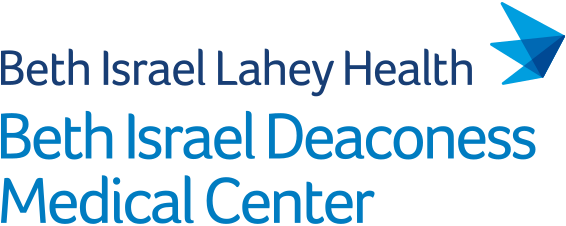Abstract
BACKGROUND: Late gadolinium enhancement (LGE) cardiovascular magnetic resonance (CMR) imaging enables imaging of scar/fibrosis and is a cornerstone of most CMR imaging protocols. CMR imaging can benefit from image acceleration; however, image acceleration in LGE remains challenging due to its limited signal-to-noise ratio. In this study, we sought to evaluate a rapid two-dimensional (2D) LGE imaging protocol using a generative artificial intelligence (AI) algorithm with inline reconstruction.
METHODS: A generative AI-based image enhancement was used to improve the sharpness of 2D LGE images acquired with low spatial resolution in the phase-encode direction. The generative AI model is an image enhancement technique built on the enhanced super-resolution generative adversarial network. The model was trained using balanced steady-state free-precession cine images, readily used for LGE without additional training. The model was implemented inline, allowing the reconstruction of images on the scanner console. We prospectively enrolled 100 patients (55 ± 14 years, 72 males) referred for clinical CMR at 3T. We collected three sets of LGE images in each subject, with in-plane spatial resolutions of 1.5 × 1.5-3-6 mm2. The generative AI model enhanced in-plane resolution to 1.5 × 1.5 mm2 from the low-resolution counterparts. Images were compared using a blur metric, quantifying the perceived image sharpness (0 = sharpest, 1 = blurriest). LGE image sharpness (using a 5-point scale) was assessed by three independent readers.
RESULTS: The scan times for the three imaging sets were 15 ± 3, 9 ± 2, and 6 ± 1 s, with inline generative AI-based images reconstructed time of ∼37 ms. The generative AI-based model improved visual image sharpness, resulting in lower blur metric compared to low-resolution counterparts (AI-enhanced from 1.5 × 3 mm2 resolution: 0.3 ± 0.03 vs 0.35 ± 0.03, P < 0.01). Meanwhile, AI-enhanced images from 1.5 × 3 mm2 resolution and original LGE images showed similar blur metric (0.30 ± 0.03 vs 0.31 ± 0.03, P = 1.0) Additionally, there was an overall 18% improvement in image sharpness between AI-enhanced images from 1.5 × 3 mm2 resolution and original LGE images in the subjective blurriness score (P < 0.01).
CONCLUSION: The generative AI-based model enhances the image quality of 2D LGE images while reducing the scan time and preserving imaging sharpness. Further evaluation in a large cohort is needed to assess the clinical utility of AI-enhanced LGE images for scar evaluation, as this proof-of-concept study does not provide evidence of an impact on diagnosis.
